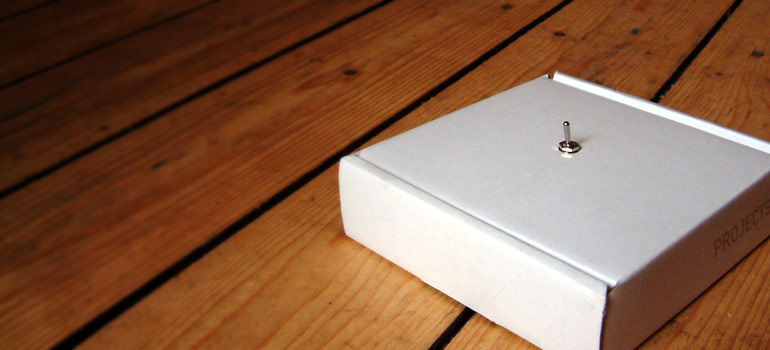Wixel Play is a physical computer game-installation. Never before have children had to run so much in a computer game. 48 glowing balls (Wixels), lighting up in a range of different colours, create a playing field in which children can play games on their own, with other children or against each other. This interactive installation was created for the 2007 Cinekid Festival, an annual film, television and new media festival for children.
Read more about Wixel Play

